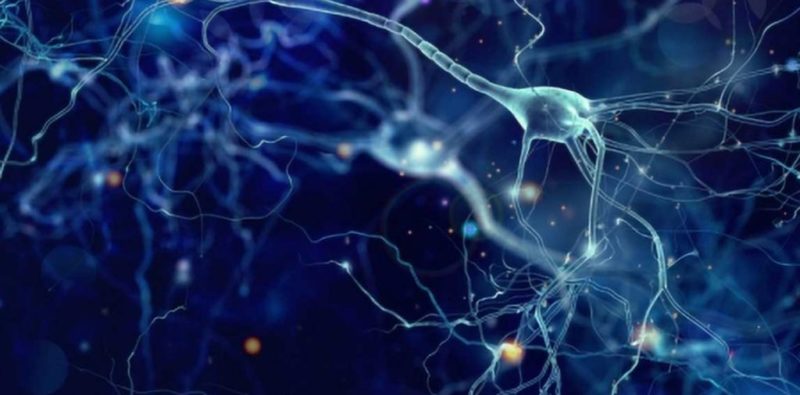Los investigadores identifican el mecanismo por el cual se propaga Tau, lo que aumenta la esperanza de tratamientos futuros

As research into the connection between the protein tau and neurodegenerative diseases such as FTD continues to increase, a recent study into the mechanisms by which the protein spreads could help set the stage for future treatments.
Scientists have long connected the abnormal accumulation of tau in brain cells to the progression of neurodegenerative diseases such as FTD and Alzheimer’s, but the question of how toxic forms of the protein moves between neurons remains unanswered.
En un estudio publicado en la revista Naturaleza, researchers at the University of California, Santa Barbara share findings that suggest one way in which toxic forms of the protein travel from neuron to neuron, leaving malfunctioning, dying brain cells in its wake. While the results are only applicable to cells and mice at this point, and do not yet translate to treatments, the research hints at a potential way to control the spread of pathological tau.
“The discovery of a mechanism by which tau transits from cell to cell provides a clue that will open up a deep structural approach to the design molecules that can prevent tau spread,” UC Santa Barbara neuroscientist Kenneth S. Kosik said in a comunicado de prensa.
Evolving research into tau continues to help shape our understanding of the protein and its role in the progression of neurodegenerative diseases. In February, AFTD-funded research, led by Anthony Fitzpatrick, PhD, of Columbia University’s Mortimer B. Zuckerman Mind Brain Behavior Institute, provided new and important insights into the protein’s structure that could advance the fight against FTD and other forms of dementia.
haga clic aquí to read more about the UC Santa Barbara study.
Por categoria
Nuestros boletines
Mantente informado
Regístrese ahora y manténgase al tanto de las últimas novedades con nuestro boletín informativo, alertas de eventos y más...
